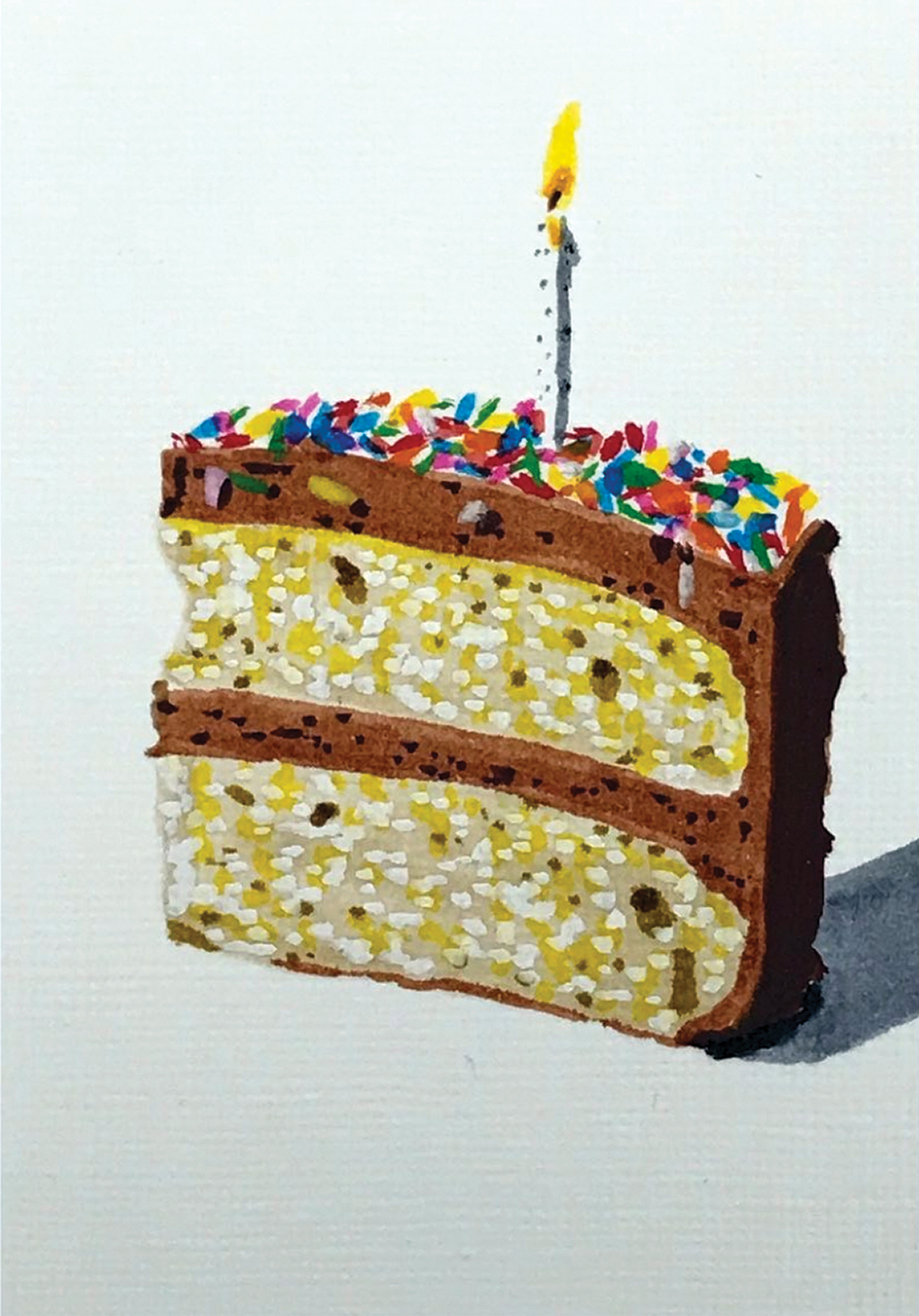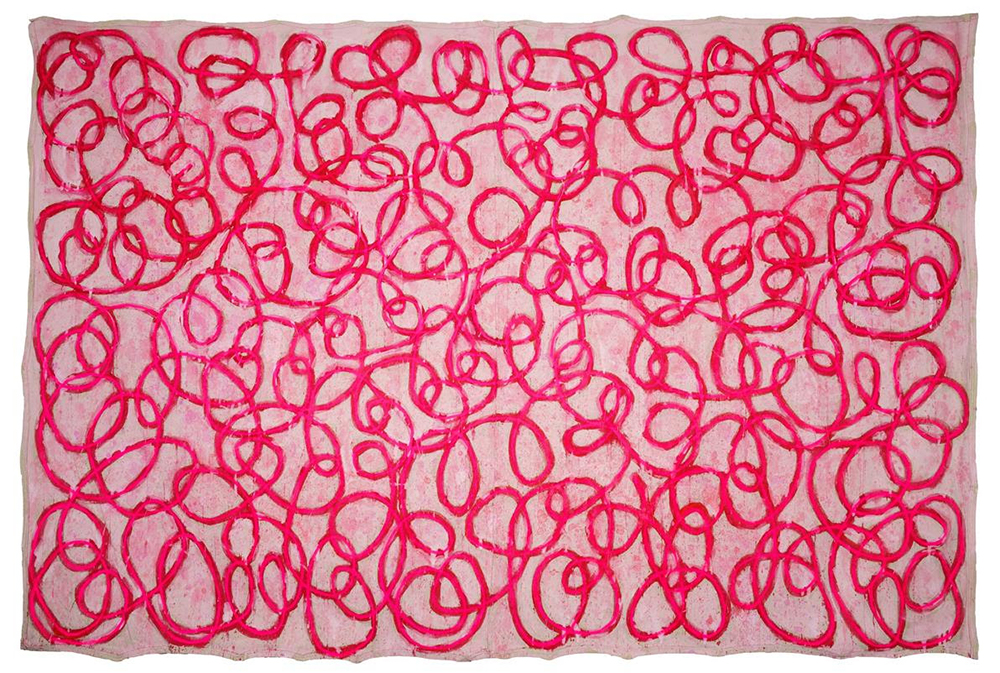Some collect baseball cards; others collect Pokemon cards. For Alex Paulus, a kid in the ’90s, it was Marvel trading cards. “That was my favorite thing when I was a kid,” he says. “They were like these fully rendered oil paintings of Marvel characters.” Little did he know that his childhood hobby would inspire him to start a new kind of trading card in Memphis, almost three decades later.
In 2020, when lockdown rolled around and boredom took over, the artist explains, he had an itch to return to those Marvel cards that had once excited him, so he purchased a box of them. “I found out that in one of the packs in the box, you could get an original hand-drawn piece of art on a trading card,” Paulus says. “And I got one of those cards. I was like, ‘Oh man, this is really cool.’ … So that kind of gave me the idea of what if I could buy a pack and it was just filled with all of these handmade cards and how cool that would be.”
Paulus, as it turns out, wasn’t the first to think of creating trading cards with original art. That honor belongs to a Swiss artist, M. Vänçi Stirnemann, who in 1996 initiated an ongoing and now worldwide performance whereby artists of all backgrounds create, collect, sell, and trade self-made unique works, 2.5-by-3.5 inches in size.
Inspired by this, Paulus became determined to bring the phenomenon to Memphis and started the Artist Trading Cards Memphis group, with local artists creating their own tiny art to sell and trade. In March, the group hosted their first event and are now gearing up for their second, this time at Crosstown Art Bar. The goal, Paulus explains, is to “inspire others to make their own artist trading cards and become part of the performance, too.”
For the event, a few artists will sell their limited-edition 2.5-by-3.5-inch works at affordable prices, some as low as $10. Some will sell them individually, and others will sell them in packs. Some cards you’ll be able to see before purchasing, and others will be a surprise. Some packs will even have golden tickets for full-sized artwork if you’re lucky. Of course, you’ll be able to trade cards with other collectors at the event, and you can even bring in your own 2.5-by-3.5-inch works to trade for the last hour from 8 to 9 p.m.
Participating artists, along with Paulus, include Mary Jo Karimnia, Sara Moseley, Nick Peña, Tad Lauritzen Wright, and Michelle Fair. “These are legit gallery-showing artists who are making these,” Paulus says of the artists. “It’s not just getting our friends who like to doodle on stuff.”
Keep up with the group on Instagram (@artisttradingcardsmemphis).
Artist Trading Card Event, Crosstown Art Bar, Sunday, July 16, 6-9 p.m.

